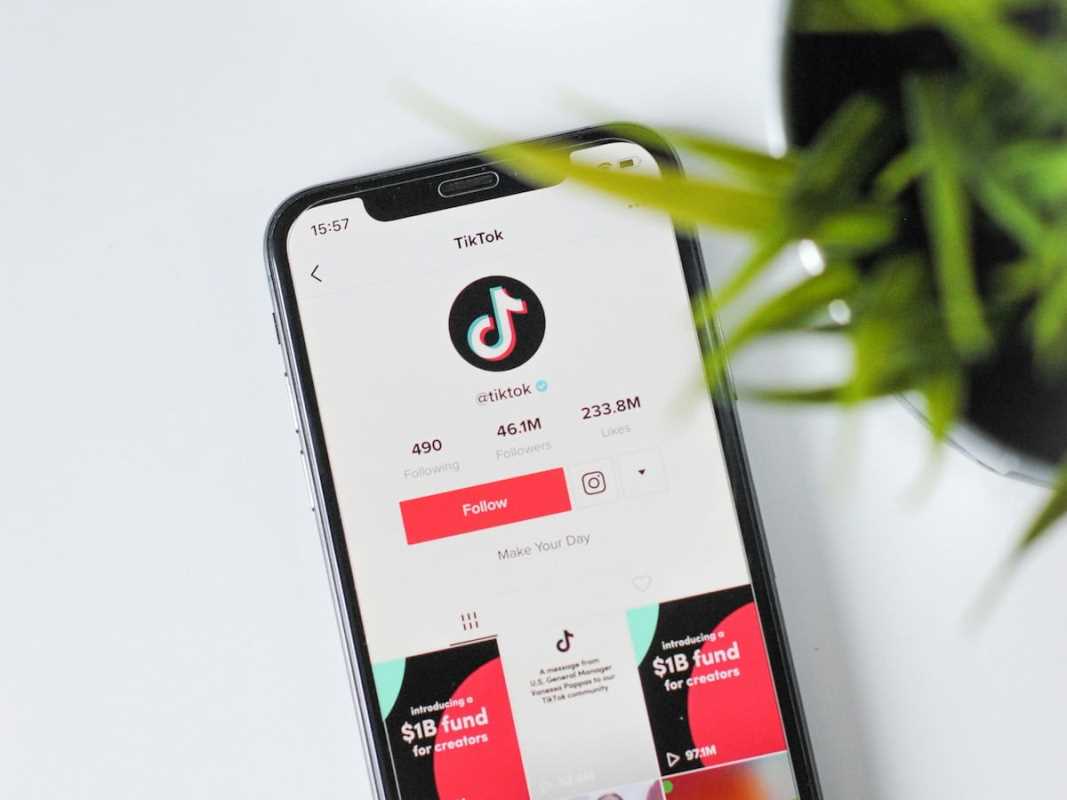Getting the most value from your marketing budget is key to success. Spending too much without a clear plan can lead to wasted resources, and underfunding other areas can limit results. The solution lies in streamlining your approach, identifying inefficiencies, and reallocating funds in a smart way. By adopting practical approaches for reducing waste, you can achieve outstanding outcomes without overspending. We have some advice to help you optimize your processes, avoid unnecessary expenses, and meet your goals. With the right methods, every dollar in your marketing budget can work harder and smarter.
1. Audit Your Current Marketing Budget
Take a detailed look at how your current marketing funds are allocated to identify inefficiencies. A thorough audit allows you to adjust spending for the biggest impact.
- Break down expenses into categories such as ad spend, tools, salaries, and content creation.
- Measure the performance of each spend against conversion rates or revenue generated.
- Look for patterns in redundant or low-impact spending and cut them out.
Conducting regular audits keeps your approach focused on what truly delivers.
2. Focus on High-Performing Channels
Not all marketing channels provide the same return on investment, so identifying and prioritizing the most effective platforms helps allocate resources more effectively.
- Evaluate metrics like engagement rates, cost-per-lead, and sales driven by specific channels.
- Shift your budget toward successful platforms that align with your audience’s preferences.
- Reduce or eliminate spending on channels that show little traction.
Concentrating efforts on proven performers prevents wasted advertising dollars.
3. Optimize Campaign Targeting
Reaching the wrong audience drains your budget without producing tangible results. Precision targeting guarantees campaigns reach the right audience.
- Refine buyer personas based on demographics, behaviors, and interests.
- Use advanced targeting tools found on platforms like Google Ads and Facebook Ads.
- Continuously review targeting settings to stay aligned with your ideal audience.
Efficient targeting reduces spend on unnecessary impressions and improves conversion rates.
4. Use Data-Driven Insights
Data analysis takes the guesswork out of marketing decisions. By relying on insights, you can allocate funds to methods that provide measurable impact.
- Track key performance indicators (KPIs) such as return on ad spend (ROAS) and customer acquisition costs.
- Identify trends that highlight which campaigns and platforms perform best.
- Use analytics tools like Google Analytics or CRM solutions to gain clear insights into your data.
Data-driven decisions guarantee resources are allocated where they have the greatest impact.
5. Repurpose Existing Content
Creating fresh content frequently can be costly. Repurposing high-performing materials saves money and keeps your messaging impactful.
- Turn popular blog posts into infographics, social media updates, or email campaigns.
- Update older content with current trends or statistics to increase its relevancy.
- Review engagement metrics to see which assets have potential for reuse in new formats.
Expanding the reach of existing content enhances ROI without additional creation costs.
6. Negotiate with Vendors
Vendors and service providers often account for a significant portion of marketing expenses. Regular review of these costs helps you save.
- renegotiate contracts for better pricing or terms.
- Evaluate whether services and tools still align with your needs.
- Look for alternative vendors with competitive offerings.
Open dialogue with suppliers means fair pricing and better value.
7. Test Before Scaling Campaigns
Testing small-scale campaigns allows you to optimize before committing more significant resources.
- Run A/B tests for headlines, visuals, or calls-to-action.
- Evaluate audience feedback and adjust elements to improve performance.
- Only expand into larger campaigns once results meet expectations.
Testing reduces the risk of overinvesting in ineffective campaigns.
8. Automate Repetitive Tasks
Automation improves efficiency, lowers costs, and frees up staff to focus on high-priority initiatives.
- Use tools like Mailchimp to schedule email campaigns or HubSpot for lead nurturing.
- Automate routine activities such as follow-ups, social media posting, or report generation.
- Monitor automated systems periodically for accuracy and consistency.
Streamlined workflows prevent time waste and improve overall productivity.
9. Identify Hidden Costs
Hidden expenses can quietly chip away at your budget. Identifying and addressing these can free up funds for more impactful goals.
- Review all subscriptions and eliminate services that are no longer useful.
- Look for unexpected charges in contracts or agreements.
- Consolidate tools or platforms where possible to reduce redundancies.
Proactively managing small details prevents them from becoming significant drains on resources.
10. Form Partnerships and Collaborations
Collaborative marketing initiatives provide cost-effective ways to reach broader audiences with shared effort.
- Partner with complementary businesses for joint campaigns or events.
- Create co-branded content to pool creative resources and expand visibility.
- Share expenses for public relations efforts or giveaways.
Collaboration increases exposure while distributing costs and responsibilities.
11. Educate Your Team
Investing in education means your team can implement budget-conscious methods that enhance success rates.
- Provide access to webinars, courses, and certifications on tools or tactics.
- Encourage cross-departmental learning to streamline operations and reduce redundancy.
- Allow staff to try innovative approaches that might lead to higher efficiency.
A knowledgeable team delivers more impactful campaigns with fewer resources.
 (Image via
(Image via





